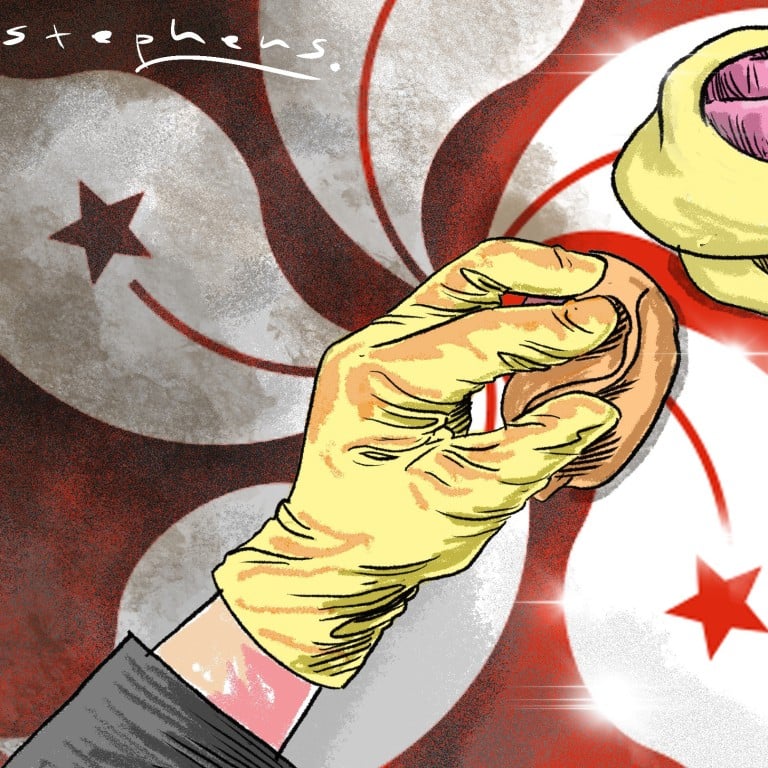
Hong Kong’s colour is fading while Singapore and Shenzhen shine
- The city needs rebranding and revitalising to shake off its image problem. After recent lacklustre tourism campaigns, and a failure to deliver bold ideas in the past, a deeper rethink is needed
The 14 races since have attracted around 1 billion viewers worldwide. Accompanied by major performances and events, F1 brings the city state immeasurable image benefits and tourism receipts.
Recovery has been gradual. Still, more than 20 million people visited Hong Kong in the first eight months of this year, about 84 per cent of the pre-pandemic 2017-2019 corresponding average, with 80 per cent coming from the mainland. The figure is not bad, compared to Singapore, which saw 9 million arrivals, about 70 per cent of the January-August total in 2019.

The discussions on promoting the nighttime economy have focused on local bazaars, food stalls, and street shows and performances. There should be a deeper rethink of why Hong Kong seems to be losing its colour.
The city can no longer rely on conventional selling points in shopping, food or entertainment, or a service attitude that takes visitors for granted. The industry needs transformative thinking to cater to a new generation of mainland and international travellers that value lifestyle activities more, such as cultural tourism. It should target higher-yield tourism and not just arrival numbers.
At this critical juncture, Hong Kong needs both rebranding and revitalisation. Contrary to some prejudicial views, there was no lack of bold thinking in the past.

Lessons should be learned, mostly to do with the business model, detailed planning and risk mitigation. Interdepartmental coordination is critical and a whole-of-government approach is preferred for strategic branding projects. Notably, Hong Kong organised a successful equestrian event as part of the 2008 Beijing Olympics.
The relative neglect of Asia until recently was partly due to Hong Kong’s long-standing bias in favour of North America and Europe, and partly the easy win from economic integration with the mainland, such that the need to befriend new markets and communities became less pressing. Now, confronted with polarising geopolitics worldwide, Hong Kong must strengthen its Asia strategy.
Super-connector brands like Cathay, Lee Kum Kee are Hong Kong’s superpower
It should ask what makes it special and why people should visit or work here. The ultimate attraction should be the Hong Kong experience: as a city of possibilities, intellectual space and exceptionalism, and a destination not to be missed.
Hong Kong should value its legacy and continue to display its vibrant streetscape, multicultural community, free space and inclusiveness. It should look for its novel elements and highlight or develop them.
Upbeat messages from the government are not enough. Many countries, including those which jeer at developments in Hong Kong, have national security laws too, but they do not let such laws cast a shadow over every facet of daily life. Hong Kong can do better than them.
Anthony Cheung is a former secretary for transport and housing (2012-17) and former president of the Education University of Hong Kong (2008-12, then known as the Hong Kong Institute of Education)


